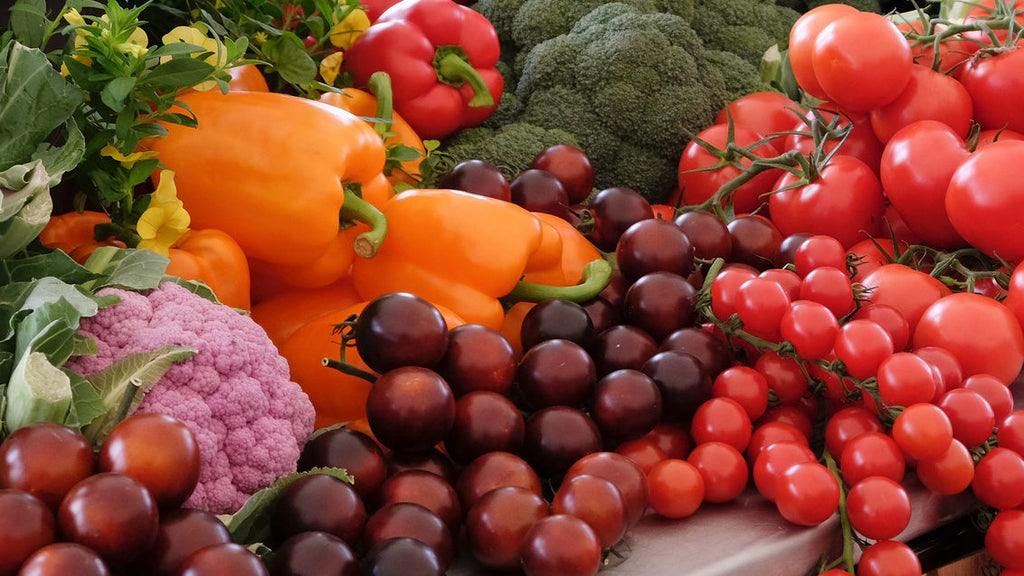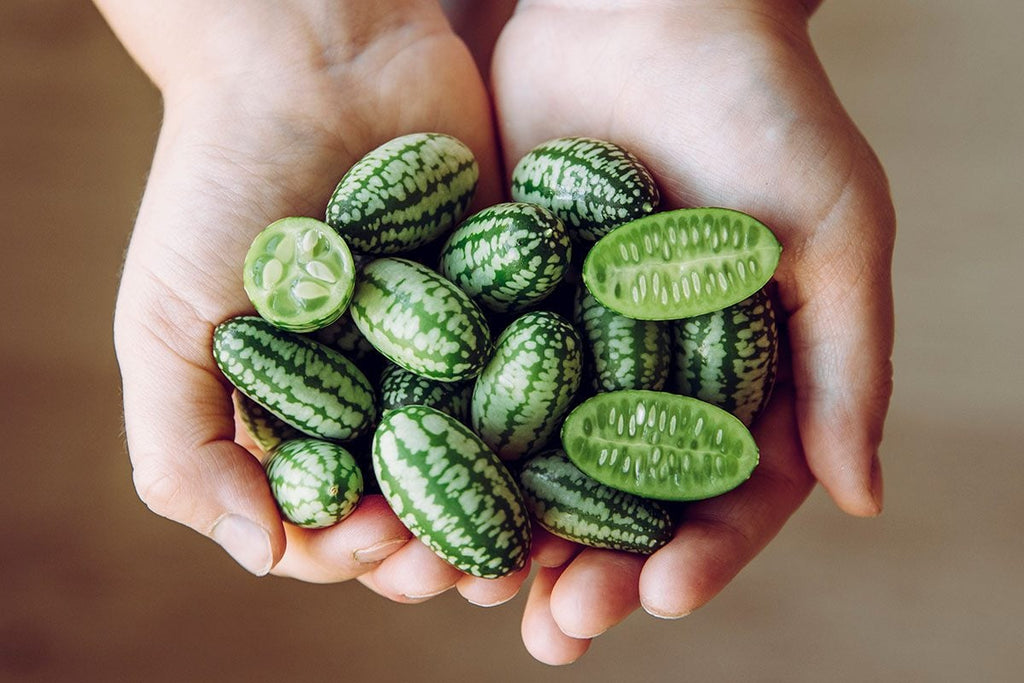
Hydroponics vs Soil Growing: What's the Difference?

Hydroponics and soil growing are two methods of cultivating plants. In hydroponics, plants are grown in a nutrient-rich water solution instead of soil. This method allows plants to grow quickly and efficiently, without the need for natural soil or sunlight. Soil growing, on the other hand, involves growing plants in natural soil, using sunlight and water to support their growth.
Although soil growing will always have a place in today’s world, there has been a dramatic shift towards hydroponics in recent years, especially among small home growers, borne by the need to do more with less space. In this article, we break down the differences between hydroponics and soil growing, and their respective benefits.
The growing medium used
One of the main differences between hydroponics and soil growing is the type of medium used to support the plants. In hydroponics, plants are grown in a nutrient-rich water solution, which provides all the necessary nutrients for their growth. In soil growing, plants are grown in natural soil, which provides a mixture of nutrients and physical support for the plants' roots.
Speed of growth
One of the most significant differences and benefits of growing with hydroponic systems is that your plants grow faster. Studies have shown that they grow 2-3X faster than soil grown plants under the same conditions.
Space required
Another huge difference between these two forms of growing is how much space they take up. Hydroponics systems use far less space than garden beds or other types of soil growing techniques, especially if you use a vertical hydroponic garden which requires just 10% the amount of space to grow than a soil garden or farm.
Control over growing conditions
Another key difference between the two methods is the amount of control that the grower has over the growing environment. In hydroponics, the grower has complete control over the temperature, humidity, light, and nutrient levels, allowing them to optimize the conditions for plant growth. In soil growing, the grower must rely on natural conditions, such as sunlight and rainfall, to support plant growth.
Water usage
Soil growing requires a considerable volume of water, largely due to the amount of water wasted due to evaporation and run-off. As hydroponic systems such as the Airgarden are 'closed-loop', water is constantly recycled with zero wastage, resulting in 95% less water used.
Which is more nutritious?
Recent scientific research has shown that hydroponically grown plants contain just as many nutrients, if not more, than soil grown produce. It depends on the nutrient solution the vegetables are grown in, but a hydroponic system usually feeds nutrients straight to your plants, without the need for nutrient-rich soil. Traditional soil is an efficient source of nutrients, but it's also a source of pests, soil-borne disease, and harmful temperature fluctuations.
Discover more about how hydroponics works by checking out our website, or reach out to our team online today.







